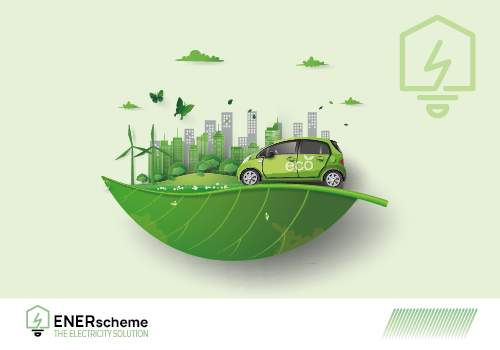
The aim of this paper is to present a novel methodology to determine the correct size of the renewable energy sources (RES) and the battery storage system (BSS) that are needed to effectively convert a conventional residential building into a nearly-Zero-Energy-Building (nZEB). This is attained by properly considering the long-term history of the weather at the location of the building, the energy consumption of the appliances and the performance of the energy management system (EMS). The above are embedded in a cost function that balances the impact factors which highly affect the size and have considerable effect on the reliability and lifespan of the RES and BSS in a nZEB, i.e. the depreciation of the initial investment, the self-consumption rate, the feed-in rate, the simultaneity in generating and consuming power, and the impacts of the depth-of-discharge (DoD) and the discharge power on the BSS’s state-of-health (SoH). Therefore, the correct sizing of RES and BSS is provided by considering both the effectiveness and the economic point of views. Specifically, the optimal solution is attained by minimizing the above cost function through the genetic algorithm technique. The effectiveness, functionality and practicality of the proposed methodology have been validated on a pilot nZEB.

